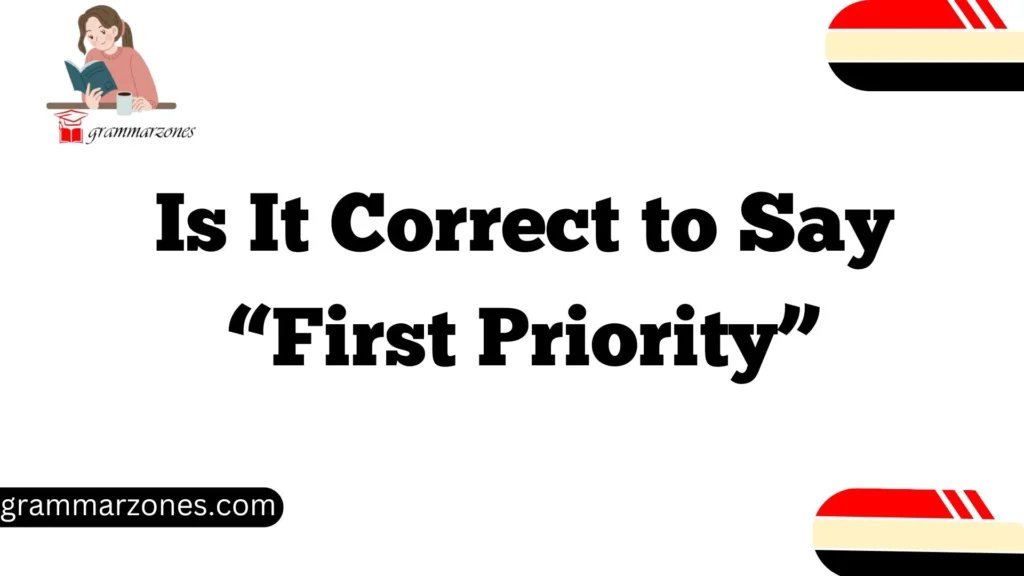When it comes to discussing teams, one question that often arises is: Should you say “in the team” or “on the team”? This seemingly simple question can lead to confusion for many English learners, especially when considering various contexts such as sports, work, or casual group activities. The choice between “in” and “on” often depends on the nuance you’re trying to convey, the formality of the situation, and sometimes, regional variations.
In this article, we’ll explore the nuanced differences between “in the team” and “on the team” across several scenarios. We’ll dive into when and why each preposition is used, provide real-world examples, and even give you some tips on how to avoid common mistakes.
By the end, you’ll have a clear understanding of which preposition is right for different contexts, making you sound more natural in conversations involving teams. Whether you’re talking about a sports team, a work team, or even a casual community group, knowing which preposition to use will make your speech and writing more accurate.
The Basic Difference Between ‘In the Team’ and ‘On the Team’
Before we dive into specific contexts, it’s important to get a general understanding of the difference between “in the team” and “on the team.”
General Explanation
The preposition “on” is typically used to denote active participation in a group or team. In contrast, “in” is used when referring to being a member of a group or when you belong to a specific group.
Examples:
- “She’s on the soccer team.”
This suggests that she is actively part of the team, participating in matches, training, and team activities. - “She’s in the project team.”
Here, “in” implies that she’s a member of the team that works on the project, but it doesn’t emphasize her active participation in the same way “on” would.
The phrase “on the team” typically refers to sports teams or other performance-based groups where the focus is on active involvement. On the other hand, “in the team” might apply to work teams, committees, or more formal group settings.
Understanding ‘In the Team’ vs. ‘On the Team’ in Different Contexts
Understanding when to use each preposition becomes clearer when we consider different situations, such as sports, work, and casual group activities. Let’s break down each context to understand the correct usage.
Sports Context:
In sports, the most common expression is “on the team”. Why? Because teams are often seen as dynamic, active units where members perform specific roles during games or events.
- Example: “He’s on the football team.”
In this case, “on” highlights his active involvement in the football team, likely participating in matches and training. - Why ‘On’ and Not ‘In’?
The word “on” emphasizes the participatory nature of the activity. You’re not simply a member of the group; you’re actively part of the action.
Common Phrases in Sports:
- “He’s on the basketball team.”
- “She’s on the national team.”
- “They’re on the winning team.”
Work/Professional Context:
When discussing work teams or project groups, “in” is more commonly used. This indicates membership within a group, often emphasizing the individual’s role in a particular department or project.
- Example: “She’s in the marketing team.”
This means she’s part of a specific work team within the company, working together with colleagues on marketing tasks. - Why ‘In’ and Not ‘On’?
In the workplace, “in” suggests an internal position within a group or company. It focuses less on active participation and more on belonging to a structured unit.
Examples from Workplaces:
- “He’s in the HR team.”
- “They’re in the design team.”
- “I’m in the customer service team.”
Social or Casual Context:
For casual or community group settings, both prepositions may be used depending on the structure and role of the group. However, “on” is still common.
- Example: “I’m on the event planning team.”
This reflects active participation, where you are working alongside others to organize an event. - Example: “She’s in the volunteer team.”
This shows her membership, but the emphasis is more on being part of a group rather than the active role.
Prepositional Rules: Why the Choice of Preposition Matters
The choice between “in” and “on” might seem subtle, but it actually plays a significant role in conveying the correct meaning.
Grammar Principles:
In English, prepositions are crucial in shaping the meaning of a sentence. They help clarify relationships between objects, time, place, and action. Understanding why prepositions like “in” and “on” are used in different contexts can enhance both your written and spoken English.
- “In” tends to be used when referring to more static group settings or membership.
- “On” is often associated with active involvement in a group.
Examples:
- “He is in the leadership team.” (emphasizing his role as a member)
- “She is on the management team.” (emphasizing her active role in decision-making)
Common Mistakes:
- Saying “I’m in the football team” is incorrect when referring to active participation in sports. The correct form would be “I’m on the football team.”
- On the flip side, saying “She’s on the project team” when you mean she’s part of a corporate committee is not wrong, but it may sound less formal than “She’s in the project team.”
The Role of Regional Differences in Prepositional Usage
Another interesting aspect of “in” vs. “on” is the regional difference in usage, particularly between British and American English.
British English vs. American English:
In British English, “in” is used more often when talking about teams in both work and sports contexts. American English tends to prefer “on” when referring to sports teams or active group roles.
- British English:
- “She’s in the football team.”
- “He’s in the management team.”
- American English:
- “She’s on the football team.”
- “He’s on the project team.”
Other English-Speaking Countries:
In countries like Australia or Canada, you’ll find a mix of both prepositions depending on the context. However, “on the team” remains the preferred option in most sports-related conversations.
Examples from Real-World Scenarios
To better understand how “in” and “on” are used, let’s look at some real-world examples:
Sports:
- “She’s on the swim team.”
Here, the emphasis is on her active participation in the sport. - “He’s on the rugby team.”
This shows that he is part of the team, actively participating.
Workplace:
- “She’s in the finance team.”
This indicates her role as a member of the team working on financial tasks. - “He’s on the IT team.”
Although this still works, “in” would feel more formal and fitting for internal team dynamics.
When to Use ‘In’ and When to Use ‘On’ – Key Takeaways
Here are the key takeaways for using “in” and “on” correctly:
- Use “on” when referring to active participation or performance-based teams (sports, bands, groups with specific roles).
- Use “in” when talking about membership within a more formal group or team (workplaces, committees, project groups).
- Pay attention to regional preferences—British English uses “in” more often, while American English favors “on” in sports.
- Context is critical—“on” is often associated with dynamic, action-oriented teams, while “in” relates more to static group membership.
Quick Tips and Common Pitfalls
Tips:
- Remember: “On” = active participation, “In” = membership.
- Double-check if the team or group involves active participation (use “on”) or if it’s more about belonging (use “in”).
Common Pitfalls:
- “In” the team in sports? Not correct! It’s always “on the team”.
- “On” the project team might sound informal—“in” is better for workplace teams.
FAQs
What is the difference between “in the team” and “on the team”?
“On the team” is more common in American English and refers to being a member of a team.
“In the team” is more often used in British English and emphasizes being part of the group as a whole.
Which is more correct: “on the team” or “in the team”?
Both are grammatically correct. The usage depends on regional preferences:
- American English: “He’s on the team.”
- British English: “He’s in the team.”
Can “in the team” and “on the team” be used interchangeably?
Generally yes, but there’s a slight nuance:
- “On the team” stresses membership.
- “In the team” can imply active involvement or role within the team.
Is “on the team” used only in sports?
No. “On the team” is used in sports, work teams, project groups, and more. Example:
- “She’s on the marketing team.”
Do native speakers prefer one over the other?
Yes, by region:
- Americans usually say “on the team.”
- Brits are more likely to say “in the team,” though “on” is also understood.
Can you say “in my team” instead of “on my team”?
Yes, especially in British English. For example:
- British: “There are five people in my team.”
- American: “There are five people on my team.”
Conclusion
Both “in the team” and “on the team” are correct, but their usage depends on regional preferences and slight differences in emphasis. “On the team” is more common in American English and highlights membership, while “in the team” is more typical in British English and can imply being part of the internal structure or dynamics of the team. Understanding these nuances helps improve clarity and communication, especially in international or formal settings.

“Emma Brooke is an aspiring writer with a passion for mastering the English language. At GrammarZones.com, Emma explores the intricacies of grammar, punctuation, and vocabulary, providing clear and accessible explanations for learners of all levels.






